
Do you have a question about the Viessmann Vitocrossal 300 CT3 SERIES and is the answer not in the manual?
| Type | Condensing boiler |
|---|---|
| Efficiency | Up to 98% |
| NOx Emissions | < 40 mg/kWh |
| Connection for Domestic Hot Water | Yes |
| Connection for Heating Circuit | Yes |
| Fuel Type | Natural Gas / Propane |
| Heat Exchanger | Stainless Steel |
| Control System | Vitotronic |
Key requirements for safe installation, operation, and warranty coverage.
Importance of reading all applicable documentation before installation.
Information contained in documentation must be followed; failure voids warranty.
Installation, adjustment, service must be by licensed professional.
Chemicals in air can cause hazardous by-products and damage equipment.
Owner must be familiarized with equipment and safety precautions.
Improper installation can lead to poisonous carbon monoxide gas.
Equipment requires fresh air for safe operation and adequate combustion.
Never operate without a venting system to avoid CO poisoning.
Ensure understanding of operation method; warranty void if instructions not followed.
Personnel must be qualified; power and gas/oil must be deactivated.
Procedures for gas smell, flue gas smell, and immediate actions.
Importance of keeping fresh air intakes open for proper combustion.
Recommends CO detectors; explains CO risks from incomplete combustion.
Warnings about protecting pipes from freezing to prevent damage.
Lists applicable literature and installation codes for the boiler.
Details CSA certification, pressure/temperature limits, and burner compatibility.
Specifies the types of fuel the boiler can use.
Explains the Vitotronic control and microcomputer system.
Specifies safe and proper locations for boiler installation, avoiding hazards.
Information on condensate volume, pH, and disposal requirements.
Discusses condensate in flue gases and the need for proper vent system design.
Tips for maintaining the boiler and system for efficient operation.
Instructions for operating additional controls installed in the boiler room.
How the boiler can be used for hot water heating with storage tanks.
Step-by-step guide on how to safely start up the heating system.
Owner/operator checks for system pressure, controls, and seals.
Contractor checks safety limits, burner, water chemistry, and connections.
Contractor performs combustion tests, checks safety switches, and burner flame.
Procedures to prevent freezing if the system is not protected by antifreeze.
Recommendations for cleaning and preparing the boiler during extended shutdowns.
Importance of water quality for system longevity and avoiding corrosion.
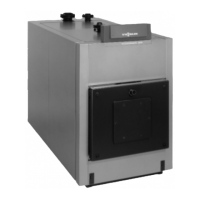
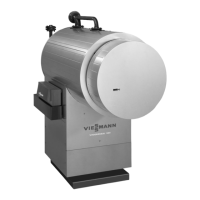
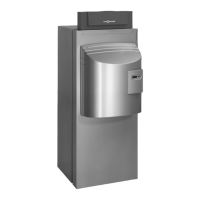
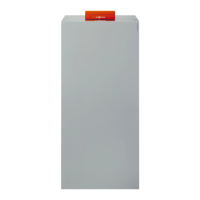
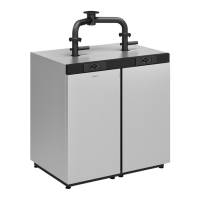
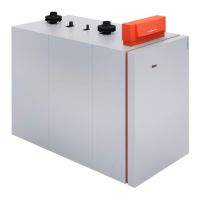
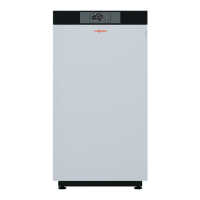
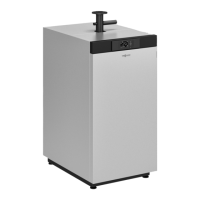

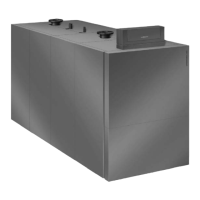


